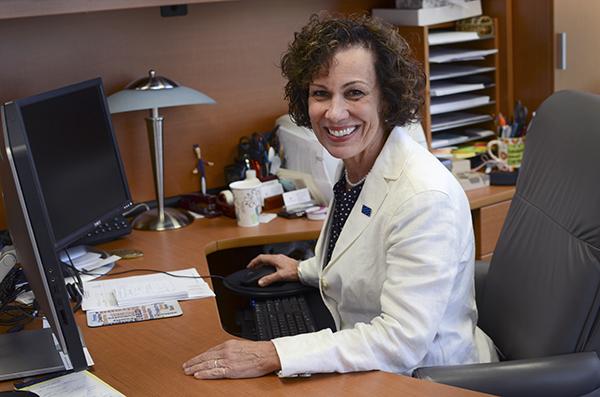GW students are majoring in subjects that give them the best shot at landing jobs.
A study released last month by Indeed Hiring Lab, a global research institute within the website Indeed.com, found that most opportunities in the job market are focused in math and science fields. Enrollment in the same areas has grown at GW over the past five years.
An “opportunity job” is a job that has seen salary growth greater than 25.3 percent in the past decade and an average annual salary in 2014 higher than $57,700, according to the Indeed study. Some of the highest ranked of those careers include nurses, sales managers, miscellaneous computer occupations, software developers and physical therapists.
More GW students recently have majored in fields that could prepare them for such careers, specifically in finance, engineering and nursing. Between 2011 and 2015, the School of Engineering and Applied Sciences’ undergraduate enrollment increased by about 28 percent and the finance program’s enrollment almost doubled. During the same time span, the School of Nursing’s enrollment increased by about 48 percent for graduate students and more than doubled its number of undergraduate students.
The School of Nursing has experienced significant growth in its enrollment at both the undergraduate and graduate levels. One hundred and nine undergraduate students and 387 graduate students in 2011 grew to 233 undergraduate students and 571 graduate students in 2015. Indeed lists nursing as the no. 1 opportunity job.
Pamela Jeffries, the dean of the School of Nursing, said in an email that it’s likely more people are becoming nurses because nursing degrees lead to various careers.
“With changes in the healthcare landscape in hospitals to community care, it is typically nurses on the front line; we need nursing leaders to take healthcare, health promotion and overall ‘culture of health’ to the next level,” Jeffries said. “There are jobs available now and in the future for nurses – this is a career that is rewarding, valued and respected.”
The nursing school is also expanding with its growing enrollment, hiring for 11 new positions at the end of last academic year.
“Since we are starting new nursing programs and adding new enrollment times for our nursing students, this summer has been one of growth,” she said. “It takes a team of both qualified, highly competent faculty and staff to grow and start new programs.”
Undergraduate enrollment rates have risen in the School of Engineering and Applied Science over the past five years, with 692 students in 2011 and 886 in 2015, according to University enrollment data.
The University has placed a heightened emphasis on growing the school over the same period of time by opening the $275 million Science and Engineering Hall in 2015, focusing on recruiting more faculty to the school, expanding endowed professorships and constructing a new strategic plan.
Within SEAS, computer science saw a jump in undergraduate enrollment by about 50 students from 2011 to 2015. Undergraduate mechanical engineering and services engineering have seen the largest amount of growth compared to the school’s other engineering majors, with enrollment nearly tripling in systems engineering between 2011 and 2015.
Matthew Kay, an associate professor of biomedical engineering, said students are often attracted to biomedical engineering because of the “wide spectrum” of career opportunities they can have once they graduate.
He added that GW’s program may have grown because it recently became a department of its own. The department first launched in the fall of 2014, and GW recruited a top researcher, Igor Efimov, to chair and develop it.
“Growth we are seeing at GW is partly because of job market, but a large part of it is also because we formed the department so the GW biomedical engineering program has better faculty and research to provide more visibility,” Kay said.
Students in GW’s biomedical engineering program can have varying careers, like working at medical imaging companies, the Food and Drug Administration, medical supply company start-ups and patent law firms that specialize in medical devices, Kay said.
The number of undergraduates enrolled in the School of Business’s undergraduate finance program went from 165 students in 2011 to 318 in 2015, according to University enrollment data.
Robert Van Order, a professor of finance and economics, said a possible explanation for the influx in enrollment might have to do with a positive change in attitude toward the subject generally.
“Finance became unpopular after the financial crisis and now it is just beginning to pick up,” he said.







